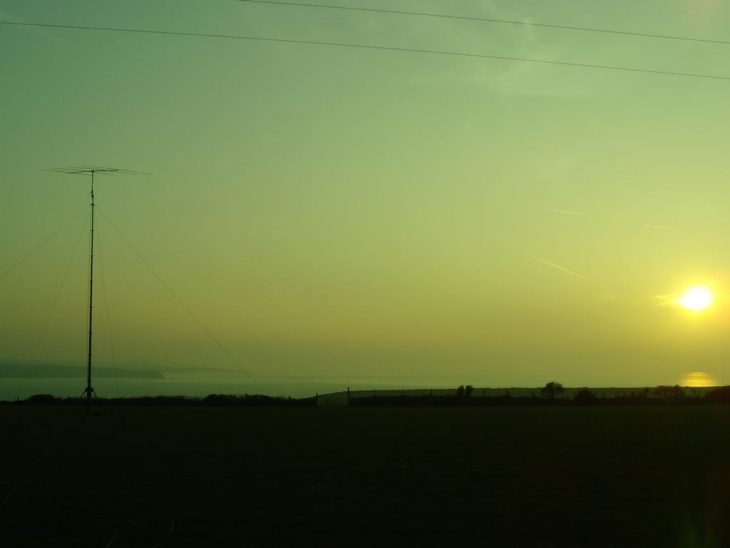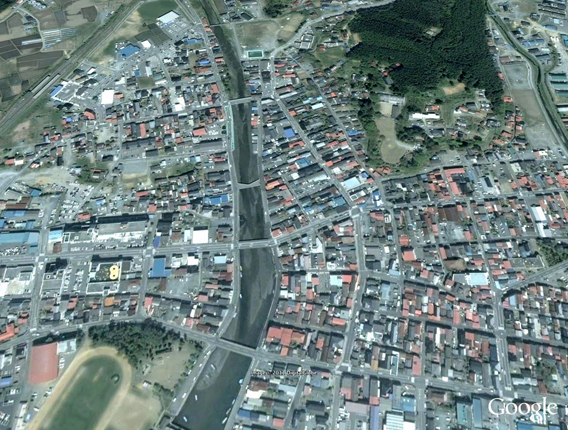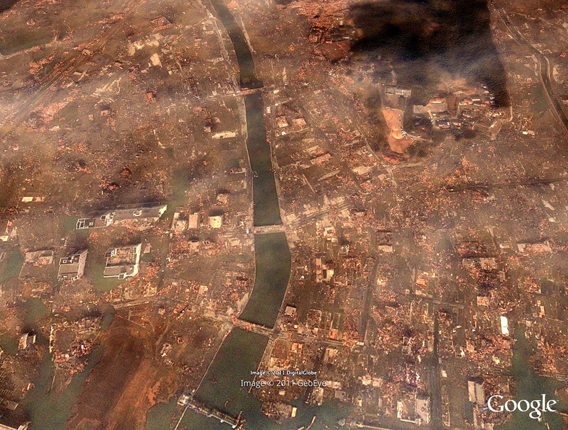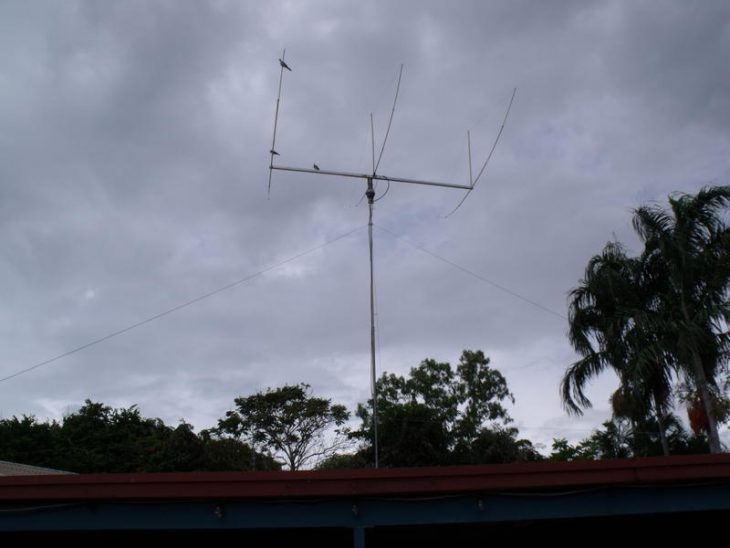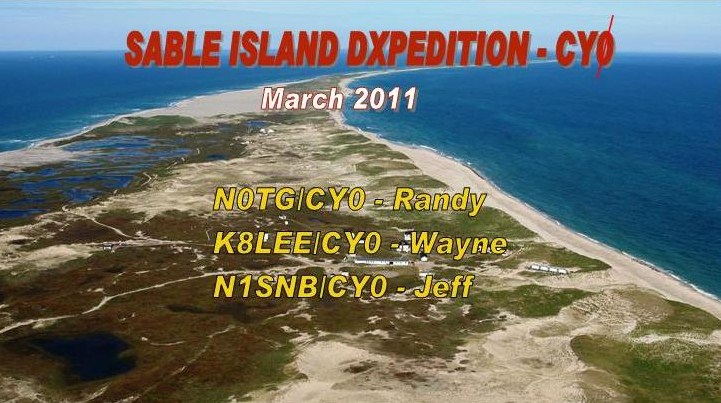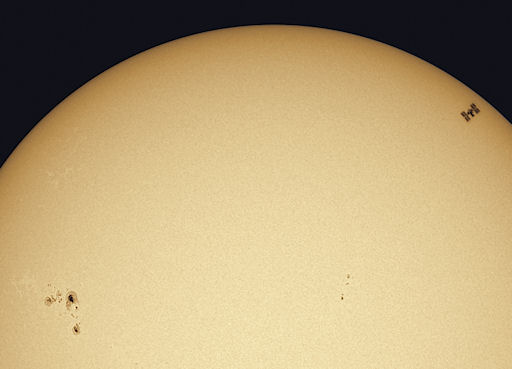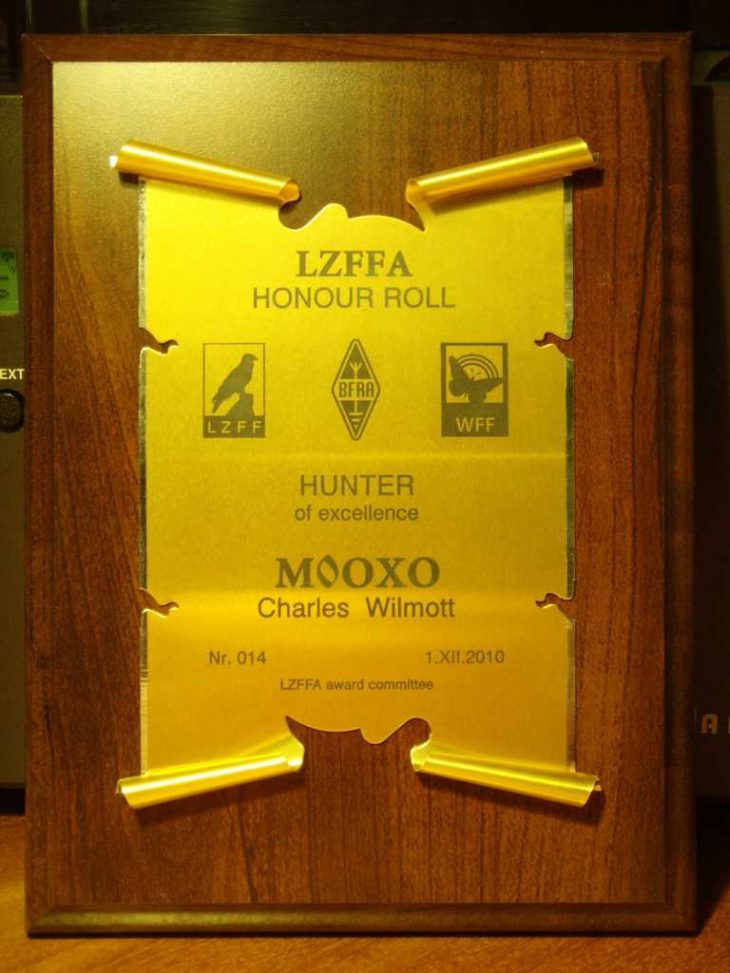In lovely weather we got the Mast up in no time using the hand pump supplied with the Kit. Suprisingly with Rob MW0RLJ & Chris G1VDP at the pump end, it went up pretty quickly (says the guy not exerting himself by controling the sections as they lifted hi). Not long after we decided to try the 4element Monobander for 10M and thats what you can see in the foto. Some information about the Scam 12:
The SCAM Series of masts was created in the mid 1960’s to provide the military of several countries with a very stable field or vehicle mounted mast carrying the VHF/UHF antennas then in use. Headloads were a modest 10 kg and with few exceptions were always communication antennas. Weight of mast was not perceived as a particular handicap because other equipment generally was heavier than today
Probably the most striking feature of the SCAM Series mast is the provision of a steel box which houses and protects the mast and provides a fixation for legs or vehicle mounting.
A ball bearing makes turning the mast effortless even with a very heavy headload. A brake is provided. The bottom of the mast ‘box’ fits into a field base plate which can tilt in two planes to accommodate sloping ground up to 20°. A protractor ring is fitted calibrated in increments of 5°. The top socket for the antenna attachment is 40 mm dia. Hand operated locking collars on each telescopic section of the mast allow sections to be individually locked in the extended or closed positions.
Feeder cables are prevented from flapping in the wind by the provision of rubber guide rings. At the top of the mast the collar, to which guys may be attached, is arranged to allow the mast and feeder cables to rotate 360° within the guy ropes. Although a handpump is included in the standard kit, when the mast is vehicle mounted, a small Clark Masts battery powered compressor is preferable.
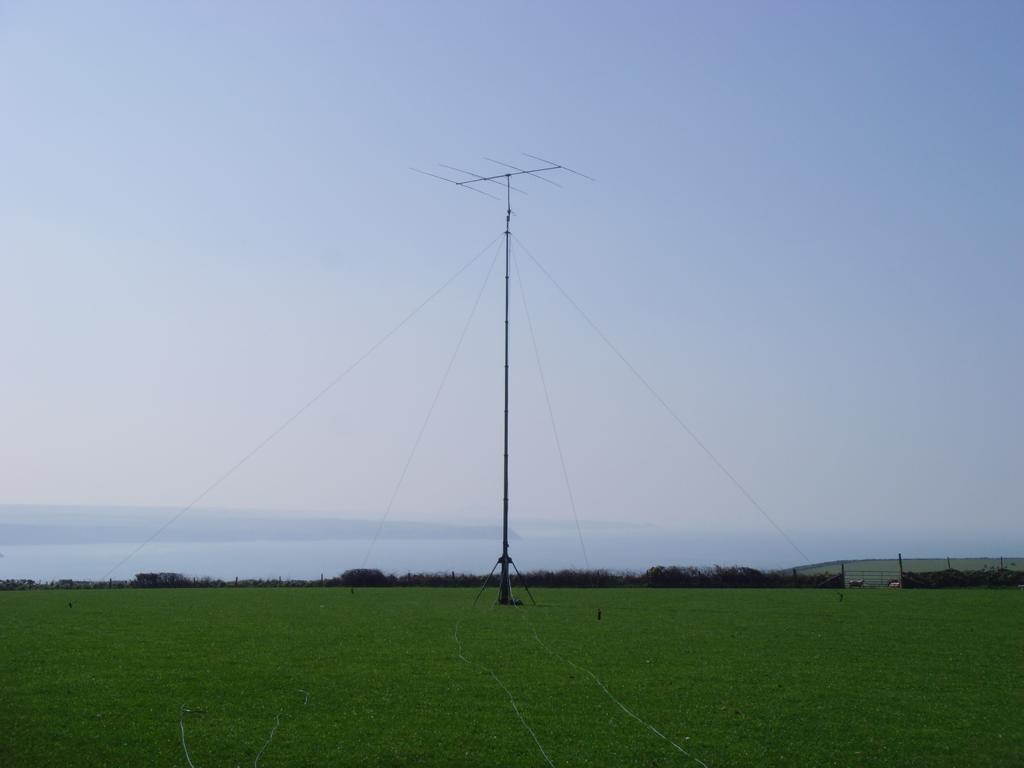
The inclusion of the Prop stand, enables the mast to be raised clear of the ground for antenna attachment. Then with 2 legs already fixed to the mast box, the whole can be lifted into the vertical position and the 3rd and 4th legs added. Legs are then adjusted with reference to the bubble level.
Let’s see how it performs over the next few days at this, an extremely windy and exposed location as you can see above!

